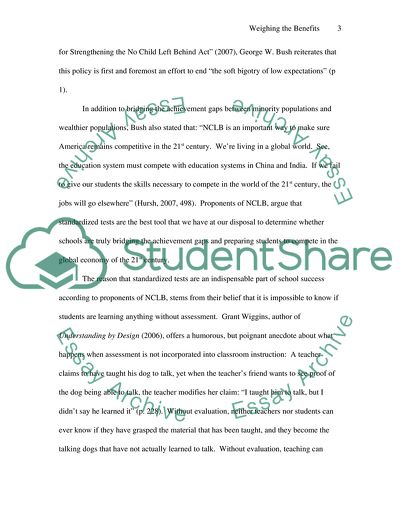Cite this document
(Weighing the Benefits and Drawbacks of Standardized Testing Assignment, n.d.)
Weighing the Benefits and Drawbacks of Standardized Testing Assignment. https://studentshare.org/statistics/1718599-pros-and-cons-of-standardized-testing
Weighing the Benefits and Drawbacks of Standardized Testing Assignment. https://studentshare.org/statistics/1718599-pros-and-cons-of-standardized-testing
(Weighing the Benefits and Drawbacks of Standardized Testing Assignment)
Weighing the Benefits and Drawbacks of Standardized Testing Assignment. https://studentshare.org/statistics/1718599-pros-and-cons-of-standardized-testing.
Weighing the Benefits and Drawbacks of Standardized Testing Assignment. https://studentshare.org/statistics/1718599-pros-and-cons-of-standardized-testing.
“Weighing the Benefits and Drawbacks of Standardized Testing Assignment”. https://studentshare.org/statistics/1718599-pros-and-cons-of-standardized-testing.


